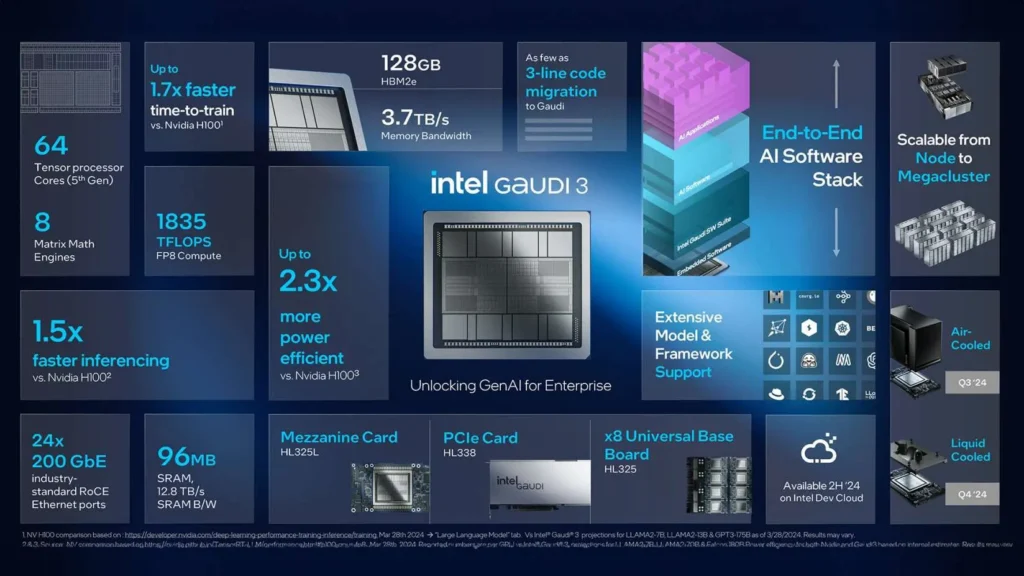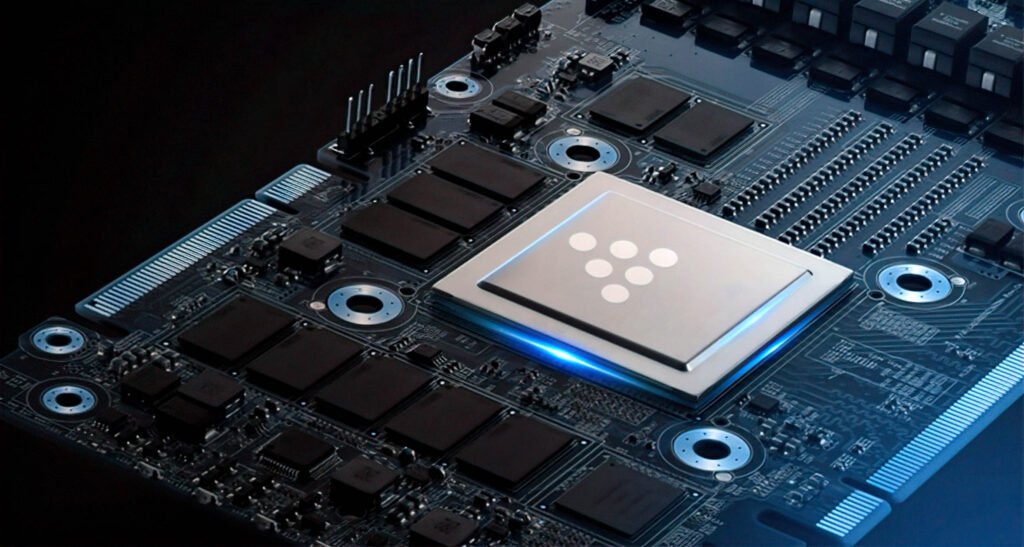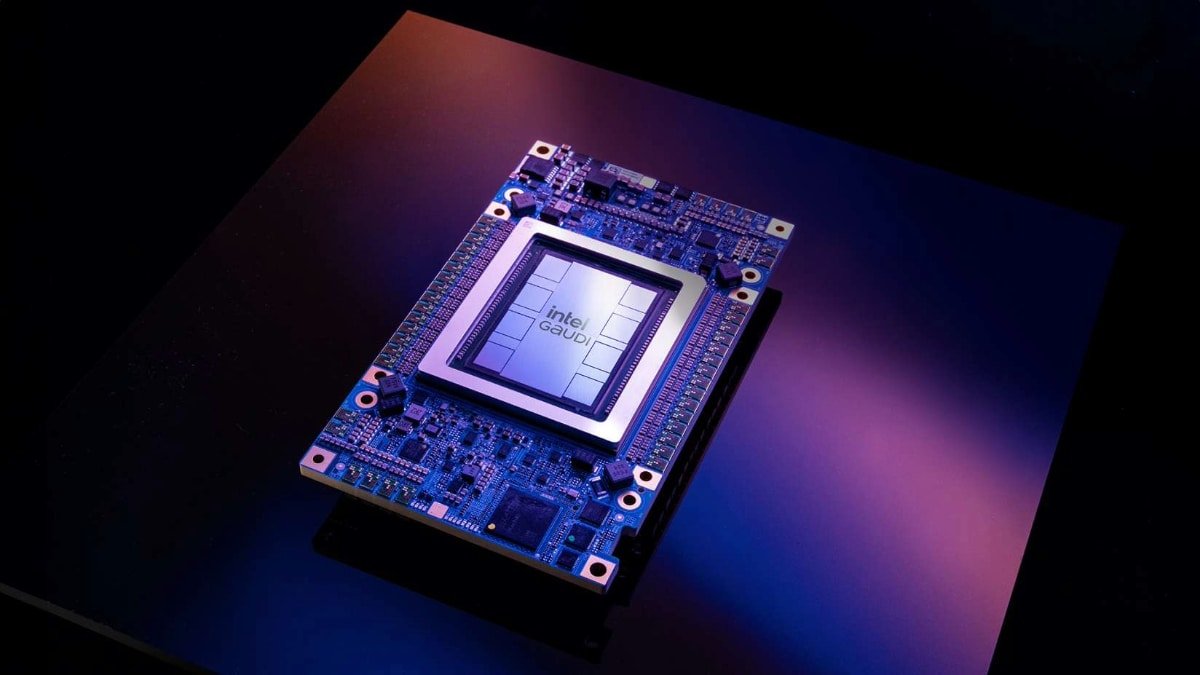An upgraded version of Intel Corp’s artificial intelligence processor will be released soon. According to Intel, the Gaudi 3 CPU will be broadly accessible in the third quarter of this year. Intel anticipates that the new model will have a greater impact even though previous incarnations of the Gaudi AI chipsets did not attain the targeted market share.

The chipset’s improved performance is intended to aid in the training of AI systems and the operation of completed software. According to Intel CEO Pat Gelsinger, the new processors will be less expensive than Nvidia’s range of existing and prospective chipsets.
As of the now, most people think Nvidia is setting the standard for AI chipsets. Now, Intel intends to address this with the launch of the Gaudi 3, which is anticipated to outperform its rivals in certain areas, including speed and battery efficiency.
How would it improve upon this?
Intel claims that the Gaudi 3 chip will have the capacity to run software 1.5 times faster and train specific AI model types 1.7 times faster.
According to Intel, its chipset would perform around the same as Nvidia’s more recent H200, outperforming it in some areas while staying close in others.
This year, systems built on Nvidia’s forthcoming Blackwell chip architecture should be ready. The company is actively developing this platform. Before those devices are made available to the general market, Intel stated that it is unable to draw comparisons with Nvidia’s Blackwell range.
The Gaudi-3 specs
In 2019, Intel acquired Habana Labs for $2 billion, producing the third iteration of the Gaudi accelerator, known as Gaudi 3. Beginning in Q3 of 2024, OEM systems will be able to purchase the Gaudi accelerators in large quantities. Additionally, Intel will provide speedy on-ramp for potential customers to test the processors by making Gaudi 3 systems available in its Developer Cloud.

Gaudi is available in two form factors: high-performance GPU-based systems typically use the OAM (OCP Accelerator Module) HL-325L as its common mezzanine form factor. With 128GB of HBM2e (not HBM3E), this accelerator can handle 3.7 TB/s of bandwidth. Additionally, it includes 24 RDMA NICs for 200 Gbps Ethernet. The HL-325L OAM module is rated for 1,835 TFLOPS of FP8 performance and has a 900W TDP (greater TDPs are feasible, presumably with liquid cooling). The OAMs may scale up to 1,024 nodes after being installed in groups of eight per server node.
According to Intel, Gaudi 3 offers 1.5 times more memory bandwidth, twice as much network bandwidth, and four times more FP8 and BF16 performance than the previous generation.



